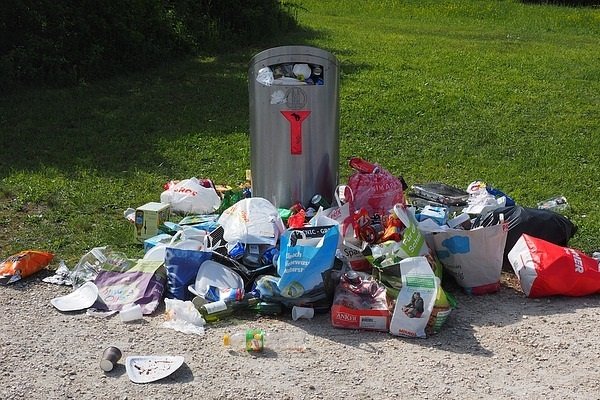3 reasons why your residents aren’t recycling

If you want more residents to recycle, you need to understand what’s stopping them. Recent numbers put Canadian and American recycling rates at 27% and 34.6% respectively. Not terrible. But not great, either. Especially when you consider Germany’s impressive rate of 56.1%.
Which is to say: more of us need to recycle, and more often.
To make that happen, let’s take a quick look at the three big reasons your residents aren’t recycling.
1) It’s inconvenient
Inconvenience is the biggest reason why people choose not to recycle. Does a community have a curbside program? Are transfer stations centrally located? Is recycling a top-of-mind issue? If the answer to all these questions is no, chances are your residents won’t prioritize recycling. They might even forget it’s something they can do. Unsurprisingly, when recycling infrastructure in a community is less developed, people are less likely to do it.
In 2011, Ipsos polled 1000 U.S. adults to determine their recycling habits. 25% cited accessibility as the biggest deterrent. 10% cited forgetfulness.
2) It’s a waste of time
Ah, yes. The recycling cynic. We all know someone like this. Unfortunately, they don’t see the point in recycling. Some might have a lukewarm attitude toward it but can’t be bothered to take the time to prepare their recyclables and dispose of them. Turns out this is pretty common.
In the same survey cited above, respondents listed four big barriers to recycling—all relating to the general sentiment that it’s a waste of time:
- 10% said that cleaning and sorting recyclables took up too much time. For those without curbside programs, transport was also an issue.
- 3% said they didn’t feel that recycling made a measurable impact
- 2% didn’t think recycling was important
- 1% didn’t see how recycling could benefit the environment
All in all, this accounts for 16% of people who were polled—a sizable group.
3) It’s confusing
This probably looks familiar. We get it all the time. Chances are, so do you. Recycling can be needlessly confusing. Labels are all different. Same with bins (or carts). Communities all recycle different materials and the list of what is and isn’t recyclable in a specific area is constantly changing depending on the market. Then there’s packaging, which can be… misleading, to say the least.
So, yeah. Residents are confused. And confusion is either preventing them from recycling more or recycling altogether. According to Ipsos’ recycling survey, 6% of respondents cited confusion as a major issue.
But what’s especially shocking is that half the people polled in the survey said they hadn’t learned anything about recycling in over six months. Clearly there’s a communications gap dividing local governments and their residents. By bridging it, cities of all sizes can dispel some of the confusion that prevents residents from recycling.
Now what?
Make things simpler. When something’s easy to do, more people do it. If you only provide waste and recycling information over your public works site, look for new ways to communicate with your residents. By making information more accessible, you can reduce some of the barriers to recycling.
We’d love to learn more about your community’s solid waste program. If you’re interested in learning more about us and how we can help you better face today’s recycling challenges, feel free to click the button below, and we can book a time to chat.
